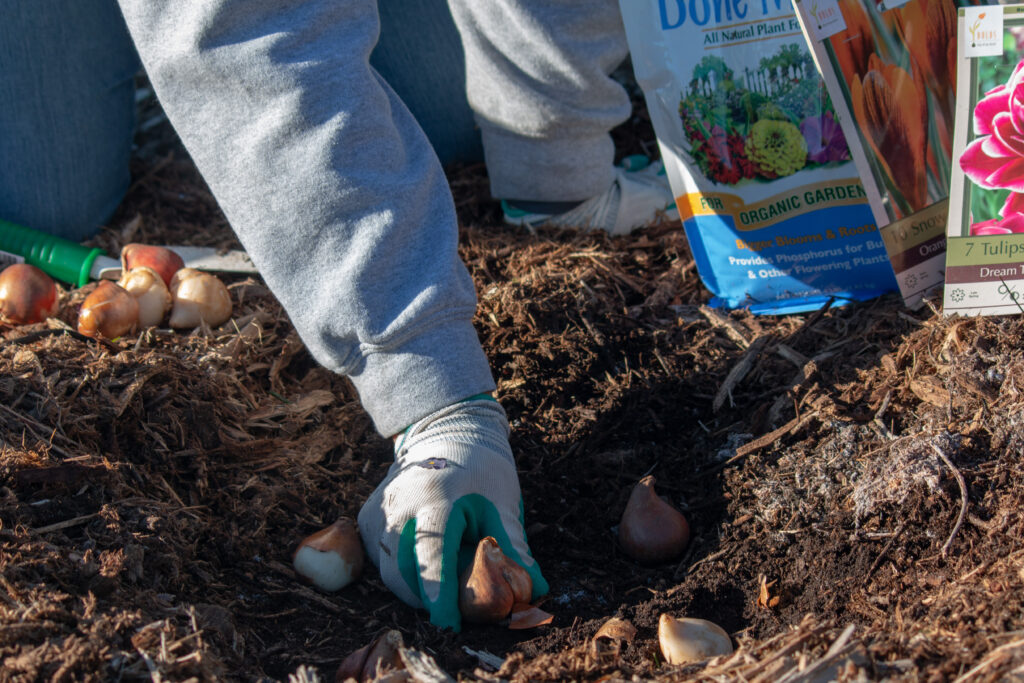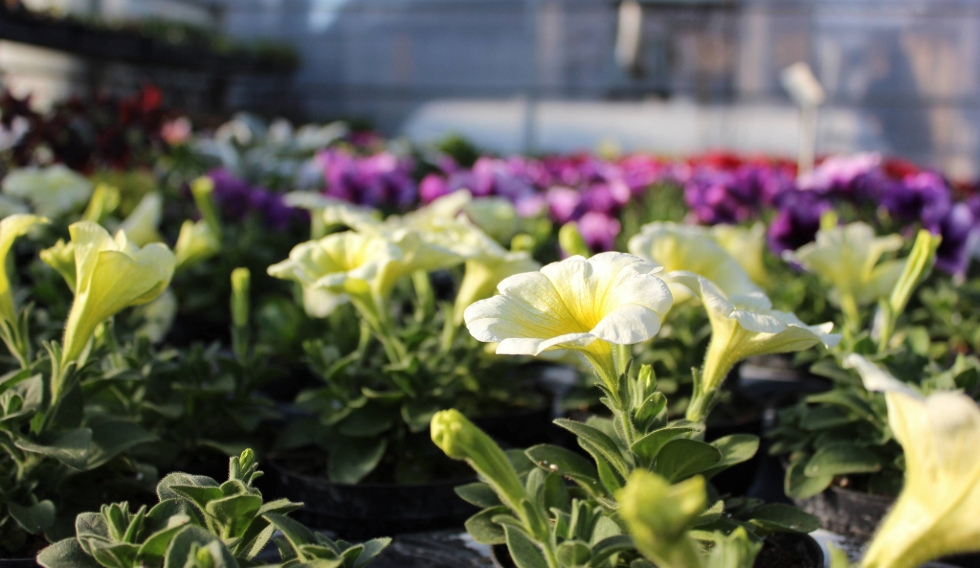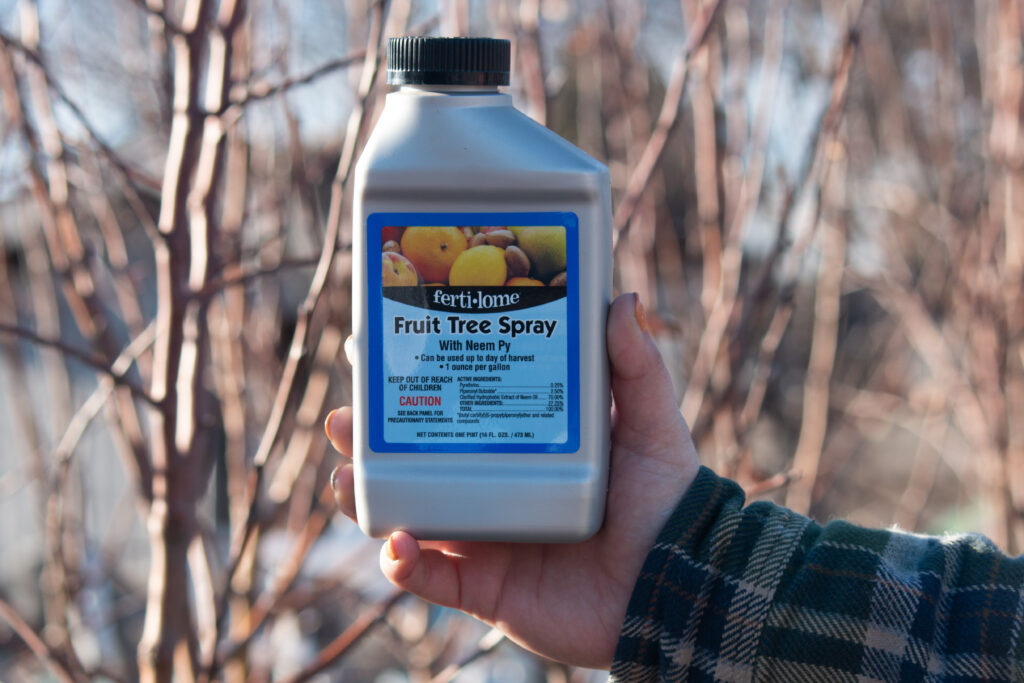If we’ve learned anything about South Dakota it’s that we can never predict what weather spring will bring. While a forecast of sunny days brings excitement, it also reminds us of the work we need to do to get our landscaping in tip-top shape. Below are our general checklists of tasks to get your landscape ready for the season to come.

April Checklist
- Uncover and remove winter mulch from roses, spring bulbs, and perennials.
- Divide and replant overgrown perennials as foliage begins to emerge.
- Till flower and vegetable garden soil and add compost, peat moss, and any soil amendments.
- Plant trees and shrubs as soon as the ground is thawed enough for digging; late frost and snow will not hurt newly planted trees.
- Apply fresh mulch around trees, shrubs, and perennials for weed control.
- Prune hedges and summer flowering shrubs; Make sure to check for winter damage and prune out broken branches. Do not prune any spring flowering shrubs.
- Remove Tree wrap when the snow melts.
- Fertilize trees and shrubs.
- Fertilize spring bulbs when foliage emerges.
- Cut back any of your perennials that did not get cut back in the fall. If you have a pollinator garden, wait until temperatures warm up before cutting back your perennials. Some pollinators won’t emerge until into May so the longer you can go before disturbing them the better.
- Start your seeds indoors. Always check your seed packets for the seedling timing and keep in mind that our average last frost date is May 12th.

May Checklist
- Apply crabgrass preventer to lawns. A good rule of thumb is to apply your crabgrass preventer when the lilacs are blooming.
- Fertilize roses and begin preventative treatments to protect against black spot and mildew.
- Mulch flower gardens to conserve moisture and reduce weed growth.
- Install peony hoops and tomato cages.
- Protect your garden from deer.
- Plant summer blooming bulbs.
- Plant annuals and vegetables after frost is no longer a danger. Our average last frost date is May 12th.
- Apply pre-emergent weed control in planting beds.
- Prune all spring flowering shrubs, like lilacs and forsythia, right after they have finished flowering.
- Water freshly planted trees, shrubs, and perennials. (see our Watering 101 page)
- Fertilize established trees, evergreens, and shrubs.
- Rake, overseed, and fertilize your lawn; avoid applying crabgrass preventer to newly overseeded areas; seed new lawns while nights are still cool and the weather is wet.
- Spray weeds as they emerge and before their seed heads form.
While these checklists are broken down by month do keep in mind that weather can affect the timing of some of these tasks.

Fruit Tree Spraying
We recommend spraying all of your fruit trees with a fruit tree spray to help protect them from common pests and diseases. Three major applications are important to protect your fruit trees.
- 1st application: When the buds are pink.
- 2nd application: Right after the blossoms have dropped
- 3rd application: One month after the second application.
If needed, you can continue to spray your fruit trees once a month through the summer.


